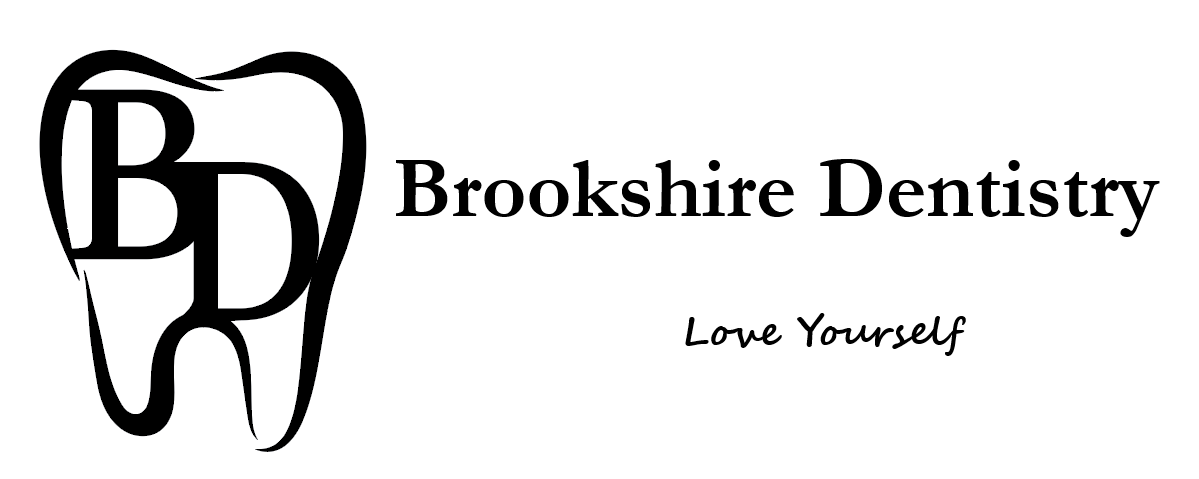Will I Need a Bone Graft for Dental Implants?
Dental implants are a popular and effective solution for replacing missing teeth. They offer a long-lasting and natural-looking alternative to traditional dentures and bridges. However, one of the key factors determining the success of dental implants is the condition of the jawbone where the implants will be placed. In some cases, patients may need a bone graft to ensure there is sufficient bone structure to support the implants. In this comprehensive guide, we will explore what bone grafting involves, why it might be necessary for dental implants, and what you can expect if you require this procedure.
Understanding Dental Implants
Dental implants are artificial tooth roots made from biocompatible materials, usually titanium. They are surgically placed into the jawbone and serve as a foundation for attaching replacement teeth, such as crowns, bridges, or dentures. The success of dental implants largely depends on the quality and quantity of the bone in the jaw where the implants will be inserted.
What is Bone Grafting?
Bone grafting is a surgical procedure used to increase the amount of bone in a specific area of the jaw. This procedure involves placing a graft, or bone material, into the jawbone to stimulate new bone growth. The new bone integrates with the existing bone, providing a stable base for dental implants.
Types of Bone Grafts
- Autografts: These are bone grafts taken from the patient's own body, typically from the chin, jaw, or hip. Autografts are considered the gold standard because they have the best chance of successful integration due to their biocompatibility.
- Allografts: These are bone grafts harvested from a deceased donor and processed to ensure safety and compatibility. Allografts are a common choice for patients who prefer not to have bone harvested from their own body.
- Xenografts: These are bone grafts derived from animals, usually bovine (cow) bone. Xenografts are treated to be biocompatible and are often used when there is a significant bone deficiency.
- Alloplasts: These are synthetic bone graft materials made from biocompatible materials like calcium phosphate or hydroxyapatite. They serve as a scaffold for new bone growth and are a good option for patients who do not want to use animal-derived materials.
Why Might You Need a Bone Graft for Dental Implants?
Several factors can lead to the need for a bone graft before placing dental implants:
- Bone Loss Due to Tooth Loss: When a tooth is lost, the surrounding bone may begin to deteriorate over time due to the lack of stimulation. This bone loss can create insufficient bone structure for placing implants.
- Periodontal Disease: Gum disease can lead to bone loss around the teeth, weakening the jawbone and potentially requiring a bone graft to rebuild the bone before implant placement.
- Trauma or Injury: Physical trauma or injury to the jaw can result in bone loss or damage, making a bone graft necessary to restore the bone structure for implants.
- Congenital Bone Deficiencies: Some individuals may have been born with bone deficiencies in their jaw that can make them unsuitable for implants without a bone graft.
- Sinus Issues: For implants placed in the upper jaw, the proximity of the sinus cavities may require a sinus lift procedure, which involves adding bone graft material to ensure adequate bone height for implants.
Assessment and Planning
Before proceeding with a bone graft, your dentist, Dr. Salomeh Tehrani, will conduct a thorough assessment to determine if a bone graft is necessary. This assessment typically includes:
- Clinical Examination: A detailed examination of your oral health, including assessing your jawbone's condition and overall oral hygiene.
- Imaging Studies: X-rays, CT scans, or 3D imaging may be used to evaluate the bone density and volume in your jaw. These images help in planning the grafting procedure and determining the appropriate type of graft material.
- Medical History Review: Your overall health and medical history will be reviewed to identify any conditions that may affect the success of the bone graft or dental implants.
The Bone Grafting Procedure
The bone grafting procedure is typically performed in a dental office under local anesthesia. Here's what you can expect:
- Preparation: The area where the graft will be placed is cleaned and numbed with local anesthesia to ensure you are comfortable throughout the procedure.
- Graft Placement: The dentist will make a small incision in the gum tissue to access the jawbone. The bone graft material is then placed into the prepared area and secured in place.
- Closure: The incision is closed with sutures, and the gum tissue is allowed to heal over the graft.
- Healing Period: After the procedure, there will be a healing period during which the graft material integrates with the existing bone. This process can take several months, depending on the type of graft used and the extent of the bone loss.
Recovery and Aftercare
Post-procedure care is crucial to ensure the success of the bone graft and the eventual placement of dental implants. Here are some tips for recovery:
- Follow Post-Operative Instructions: Your dentist will provide detailed instructions on how to care for the graft site, including recommendations for diet, oral hygiene, and medication.
- Manage Discomfort: Some discomfort, swelling, or bruising may occur after the procedure. Over-the-counter pain relievers or prescribed medications can help manage these symptoms.
- Avoid Hard Foods: Stick to soft foods and avoid chewing directly on the graft site to prevent disruption or damage.
- Practice Good Oral Hygiene: Keeping the area clean is essential to prevent infection. Follow your dentist's instructions for brushing and flossing around the graft site.
- Attend Follow-Up Appointments: Regular follow-up visits will allow your dentist to monitor the healing process and ensure the graft is integrating properly.
Conclusion
Bone grafting is a crucial step for many patients seeking dental implants. It provides the necessary bone structure to support implants, ensuring their stability and long-term success. If you have been told you need a bone graft, understanding the procedure and what to expect can help you feel more confident and prepared.
At Brookshire Dentistry, located at 1801 Precinct Line Rd., Suite A, Hurst, TX, Dr. Salomeh Tehrani, DDS, MPH, and our dedicated team are here to guide you through every step of the process. We are committed to providing personalized care and ensuring the best possible outcomes for our patients.
If you have any questions about bone grafting or dental implants, or if you would like to schedule a consultation, please contact us at (817) 577-9200. We look forward to helping you achieve a healthy, beautiful smile!
Office Hours
MON8:00 am - 5:00 pm
TUE8:00 am - 5:00 pm
WED8:00 am - 5:00 pm
THU8:00 am - 5:00 pm
FRI8:00 am - 4:00 pm
SATClosed
SUNClosed



